Home>Garden Essentials>What Are The 3 Main Parts Of A Seed?
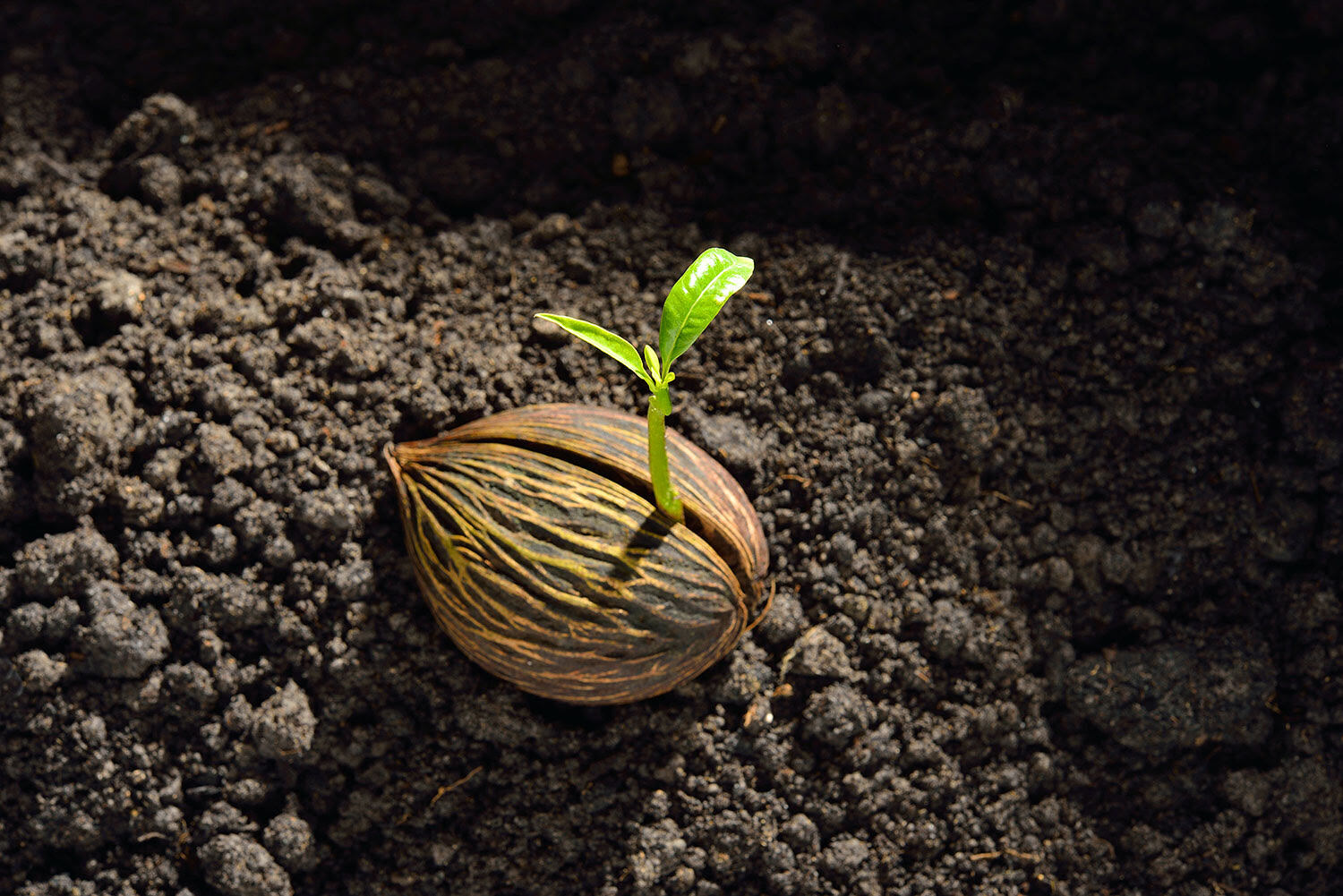

Garden Essentials
What Are The 3 Main Parts Of A Seed?
Modified: August 20, 2024
Learn about the 3 main parts of a seed in your garden. Discover how seeds grow and develop, and how they play a crucial role in your gardening journey.
(Many of the links in this article redirect to a specific reviewed product. Your purchase of these products through affiliate links helps to generate commission for Storables.com, at no extra cost. Learn more)
Introduction
Seeds are fascinating and essential components of plant life. They hold the astonishing power to give life to a new plant, ensuring the continuation of species. A seed is a remarkable package with many parts working together to protect and nourish the developing embryo. Understanding the structure and function of seeds can be valuable knowledge for any gardener or plant enthusiast.
In this article, we will explore the three main parts of a seed: the seed coat, the embryo, and the endosperm. Each of these parts plays a critical role in the successful germination and growth of a new plant.
Join us on this journey as we delve into the intricate world of seeds and discover the wonders hidden within their structure.
Key Takeaways:
- Seeds have 3 main parts: the protective seed coat, the vital embryo, and the nutrient-rich endosperm. Understanding these parts helps plants grow successfully.
- The seed coat protects the seed, the embryo grows into a new plant, and the endosperm provides essential nutrients. These parts work together for plant growth.
Read more: What Are The Three Main Parts Of A Seed
Seed Structure
Seeds possess a unique structure that allows them to survive harsh environmental conditions and ensure the successful propagation of plants. Let’s take a closer look at the three main parts of a seed:
1. Seed Coat: The outermost layer of a seed is called the seed coat. It acts as a protective covering for the delicate internal structures of the seed. The seed coat is usually tough and hard, providing physical resistance against mechanical damage, insects, and microorganisms. It also helps to prevent excessive water loss during seed dormancy, protecting the seed’s viability. Depending on the species, the seed coat may be smooth, rough, or even have specialized structures like hairs or hooks to aid in dispersal.
2. Embryo: The embryo is the vital part of the seed that eventually develops into a new plant. It consists of the embryonic leaves (cotyledons), the embryonic stem (hypocotyl), and the embryonic root (radicle). The number and arrangement of cotyledons vary among different plant species. Some plants, like dicots, have two cotyledons, while others, like monocots, have only one. The embryonic stem and root will grow and develop once the seed germinates and provides the necessary conditions for growth.
3. Endosperm: The endosperm is a nutrient-rich tissue that surrounds the embryo. Its primary function is to provide nourishment to the developing embryo during germination. The endosperm is rich in carbohydrates, proteins, oils, and other essential nutrients that are necessary for the initial stages of plant growth. In some plant species, such as corn and wheat, the endosperm is the primary source of human food as it is ground into flour to make various food products.
The structure of seeds may vary depending on the plant species, but these three main parts can be found in most seeds. Understanding the roles of the seed coat, embryo, and endosperm can help gardeners and farmers optimize seed germination and ensure healthy plant growth.
Seed Coat
The seed coat, also known as the testa, is the outer covering of a seed. It serves as a protective barrier, shielding the delicate internal structures of the seed from external elements and potential damage. Let’s dive deeper into the fascinating features and functions of the seed coat:
- Physical Protection: The seed coat provides physical protection to the internal contents of the seed. It acts as a tough and durable barrier against mechanical damage, such as crushing or impact. This is especially important during seed dispersal, where seeds may be subject to rough handling and environmental conditions.
- Protection Against Microorganisms: The seed coat helps defend the seed against microbial attacks. It prevents pathogens, such as fungi and bacteria, from entering the seed and causing infections that could hinder germination or damage the developing embryo.
- Water Regulation: The seed coat plays a crucial role in regulating water uptake by the seed. During seed dormancy, the seed coat acts as a barrier, preventing excessive water absorption and maintaining seed viability. Once the external conditions are favorable for germination, the seed coat may become permeable or undergo certain changes to allow water uptake and trigger the germination process.
- Seed Dispersal: The seed coat often possesses unique features that aid in seed dispersal. Some seeds have specialized structures like hooks, barbs, or hairs that cling to fur or feathers of animals, facilitating transportation to new locations. Others may have wings or other adaptations that enable them to be carried by wind or water.
- Variations in Seed Coat Texture: The texture of the seed coat can vary greatly among different plant species. Some seeds have a smooth and glossy coat, while others may have a rough or textured surface. These variations are not only visually appealing but may also serve specific ecological purposes, such as facilitating adhesion to different surfaces or aiding in seed burial by rodents.
The seed coat is a remarkable adaptation that ensures the survival and successful germination of seeds. Its protective properties, water regulation mechanisms, and specialized structures for dispersal all contribute to the overall success of seed propagation in various environments.
The three main parts of a seed are the embryo, endosperm, and seed coat. The embryo is the baby plant, the endosperm provides food for the embryo, and the seed coat protects the embryo.
Embryo
The embryo is the fundamental part of a seed where the new plant begins its life. It consists of three main components: the embryonic leaves (cotyledons), the embryonic stem (hypocotyl), and the embryonic root (radicle). Let’s delve into the intriguing details of the embryo:
- Cotyledons: Cotyledons are the embryonic leaves found within the seed. Their number and arrangement can vary among plant species. Dicotyledons, or dicots, have two cotyledons while monocotyledons, or monocots, have only one. These cotyledons play a crucial role in the early growth and development of the plant. They can store nutrients and provide the initial energy needed for the germinating seedling.
- Hypocotyl: The hypocotyl is the embryonic stem located below the cotyledons. It connects the cotyledons to the radicle. The hypocotyl elongates during germination, pushing the cotyledons above the soil surface. It is responsible for carrying nutrients from the cotyledons to the developing plant, aiding in early growth.
- Radicle: The radicle is the embryonic root of the seed. It is the first structure to emerge during germination, growing downward into the soil. The primary function of the radicle is to anchor the plant and absorb water and nutrients from the soil to support further growth and development.
- Seedling Establishment: The embryo undergoes significant changes during germination to establish a seedling successfully. As water is absorbed by the seed, it activates enzymes that break down stored nutrients in the cotyledons. These nutrients provide energy for the growing seedling until it develops mature leaves and can perform photosynthesis independently.
- Development into Mature Plant: Once the seedling emerges from the soil, the embryo continues to grow and develop, producing additional leaves, stems, and roots. Through the process of cellular division and differentiation, the embryo transforms into a mature plant capable of reproduction.
The embryo is the starting point of a new plant’s life cycle. Its components, the cotyledons, hypocotyl, and radicle, work cooperatively to ensure the successful germination and establishment of the seedling. Understanding the role and structure of the embryo is crucial for gardeners and farmers, as it helps them foster optimal conditions for seedling development and growth.
Endosperm
The endosperm is a vital component of a seed and serves as a nutrient reserve for the developing embryo. It plays a critical role in providing essential nourishment and support during the early stages of germination and seedling growth. Let’s explore the fascinating aspects of the endosperm:
- Nutrient Storage: The primary function of the endosperm is to store and supply nutrients to the growing embryo. It contains reserves of carbohydrates, proteins, oils, vitamins, and minerals that are essential for the initial stages of plant development. These stored nutrients provide the energy and building blocks needed for the embryo’s growth until it can establish its own photosynthetic abilities.
- Transfer of Nutrients: The endosperm acts as a conduit, transferring nutrients from the parent plant to the developing embryo. Nutrients are synthesized by the parent plant and then transported to the endosperm through specialized tissues, such as the vascular system. This transfer ensures a constant supply of nutrients to support the embryo’s growth and development.
- Role in Seed Germination: During germination, the endosperm provides hydration and nutrients to the embryo, enabling it to break out of its dormant state and initiate growth. The stored carbohydrates in the endosperm are converted into sugars, providing the energy necessary for the embryo to grow, germinate, and eventually establish a seedling.
- Types of Endosperm: The endosperm can be classified into two main types: nuclear endosperm and cellular endosperm. Nuclear endosperm, found in species like corn, has a large central nucleus that stores nutrients. In cellular endosperm, found in species like wheat, the endosperm is comprised of multiple cells packed with nutrients.
- Edible Endosperm: In some plant species, the endosperm is not only vital for the developing embryo but also serves as a food source for humans and animals. Examples include grains like rice, wheat, and corn, where the endosperm is ground into flour for various culinary purposes.
The endosperm is a critical component of a seed, providing the necessary nutrients and support for the developing embryo. Its stored reserves and role in nutrient transfer ensure the successful germination and early growth of seedlings. Understanding the significance of the endosperm aids in optimizing seed germination techniques and promoting healthy plant growth.
Read more: When To Plant Grass Seed In Maine
Conclusion
Seeds are truly remarkable structures that hold the potential for new life. Understanding the three main parts of a seed – the seed coat, embryo, and endosperm – enlightens us about the intricate mechanisms behind seed viability, germination, and plant development.
The seed coat acts as a protective barrier, shielding the delicate internal structures of the seed from physical damage and microbial threats. It also plays a role in water regulation and seed dispersal, ensuring the survival and propagation of plant species.
The embryo, with its cotyledons, hypocotyl, and radicle, serves as the starting point for a new plant. It undergoes significant changes during germination, utilizing stored nutrients from the endosperm to establish a seedling that can grow and develop into a mature plant.
The endosperm, with its nutrient reserves, provides essential nourishment and support to the developing embryo. It ensures the energetic requirements of germination and early seedling growth, serving as a nutrient-rich tissue that facilitates successful plant establishment.
By comprehending the significance of these seed parts, gardeners and plant enthusiasts can enhance their understanding of seed biology and optimize techniques for seed germination and plant growth. Whether it’s sowing seeds in a garden or cultivating crops on a farm, knowledge of seed structure and function empowers individuals to create favorable conditions for successful plant propagation.
So the next time you hold a seed in your hand, take a moment to appreciate its complexity and the hidden potential within. Seeds are gifts of nature, carrying the legacy of countless generations, and offering us the opportunity to witness the beauty of life unfold.
Curious about how seeds protect their precious cargo? Our next article delves into the fascinating world of the seed coat, revealing its protective functions and its role in plant development. Understanding this outer layer is key for anyone looking to enhance their gardening skills or simply deepen their botanical knowledge. Don't miss out on uncovering more about this vital part of a seed's anatomy.
Frequently Asked Questions about What Are The 3 Main Parts Of A Seed?
Was this page helpful?
At Storables.com, we guarantee accurate and reliable information. Our content, validated by Expert Board Contributors, is crafted following stringent Editorial Policies. We're committed to providing you with well-researched, expert-backed insights for all your informational needs.
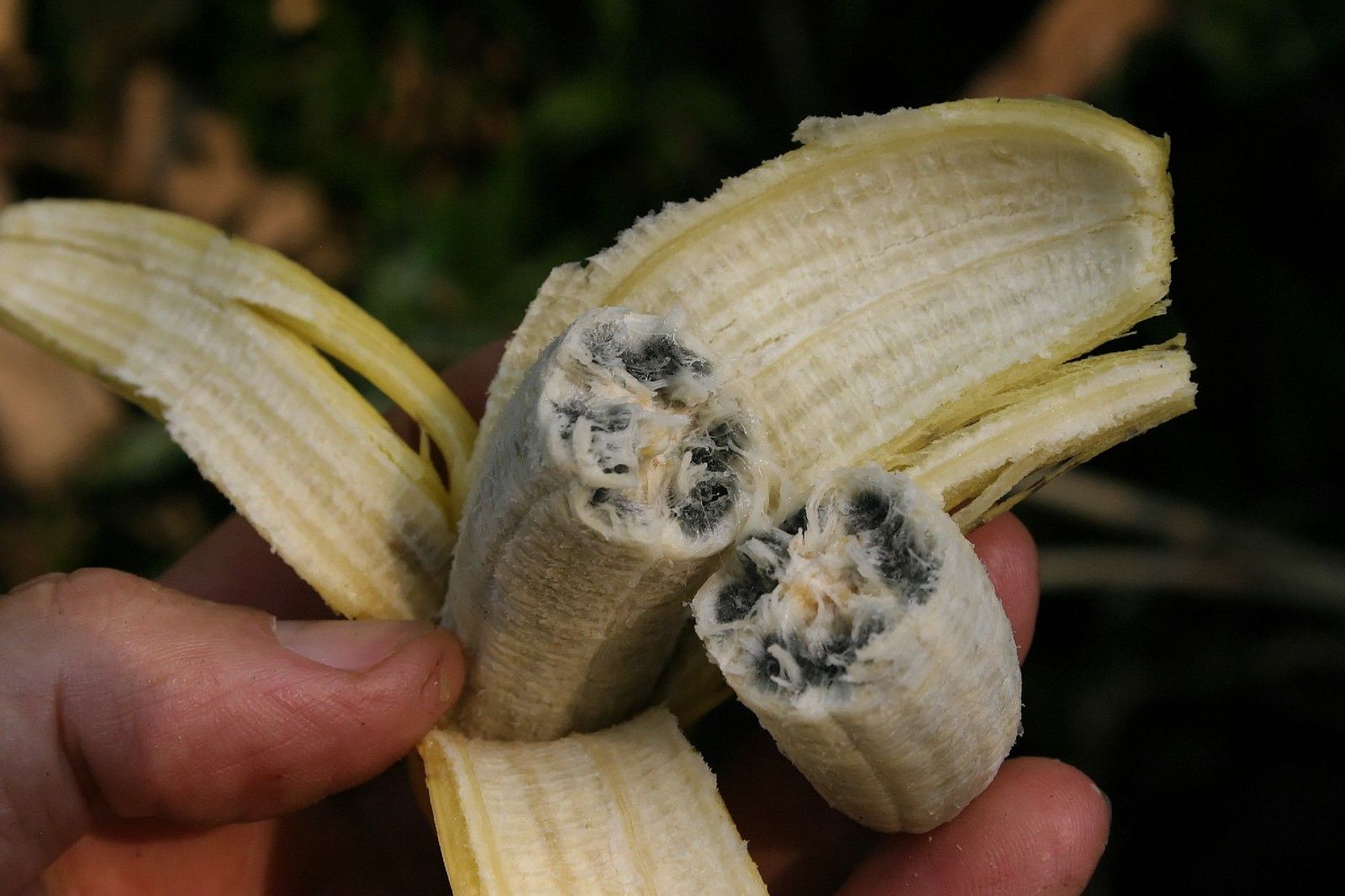
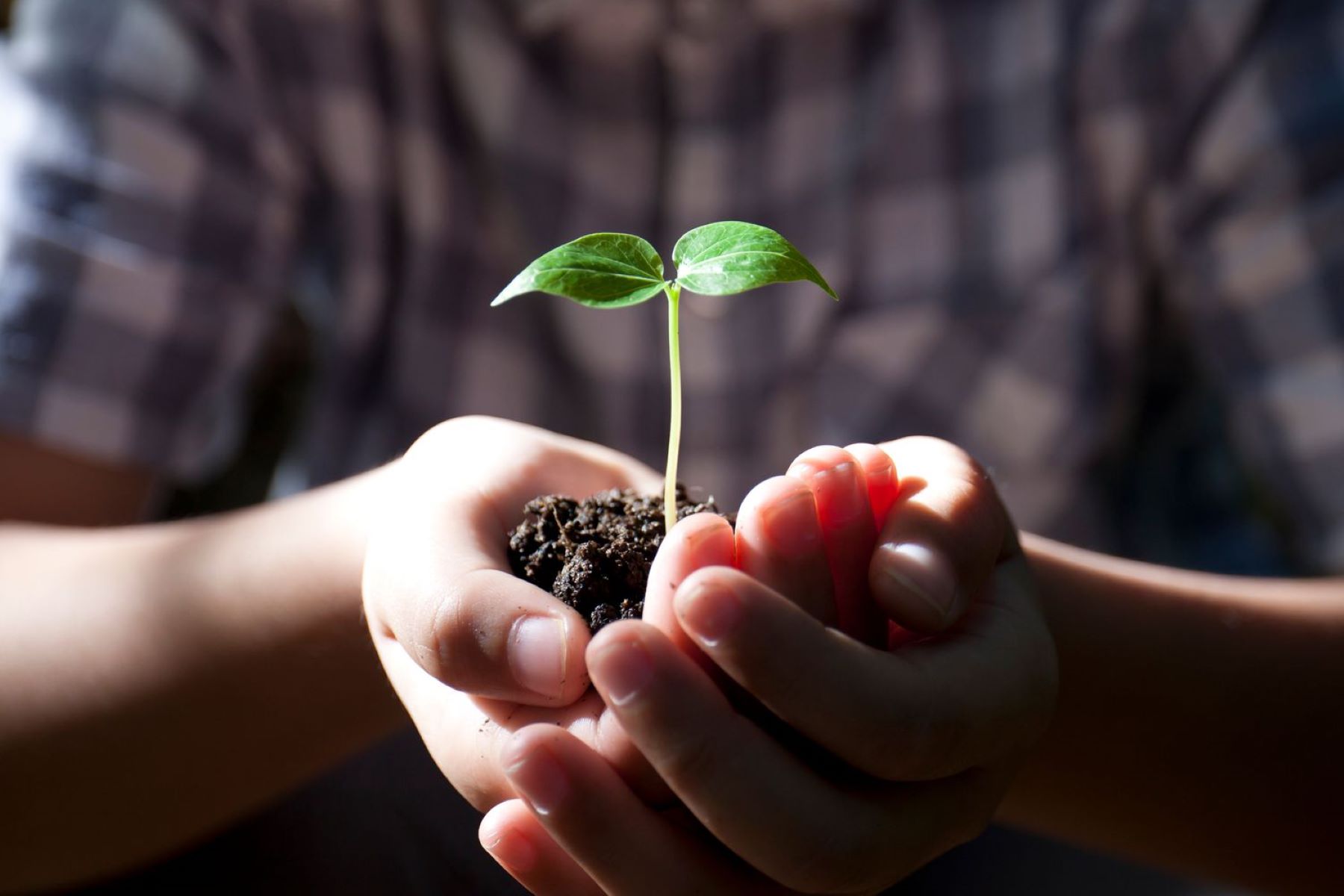
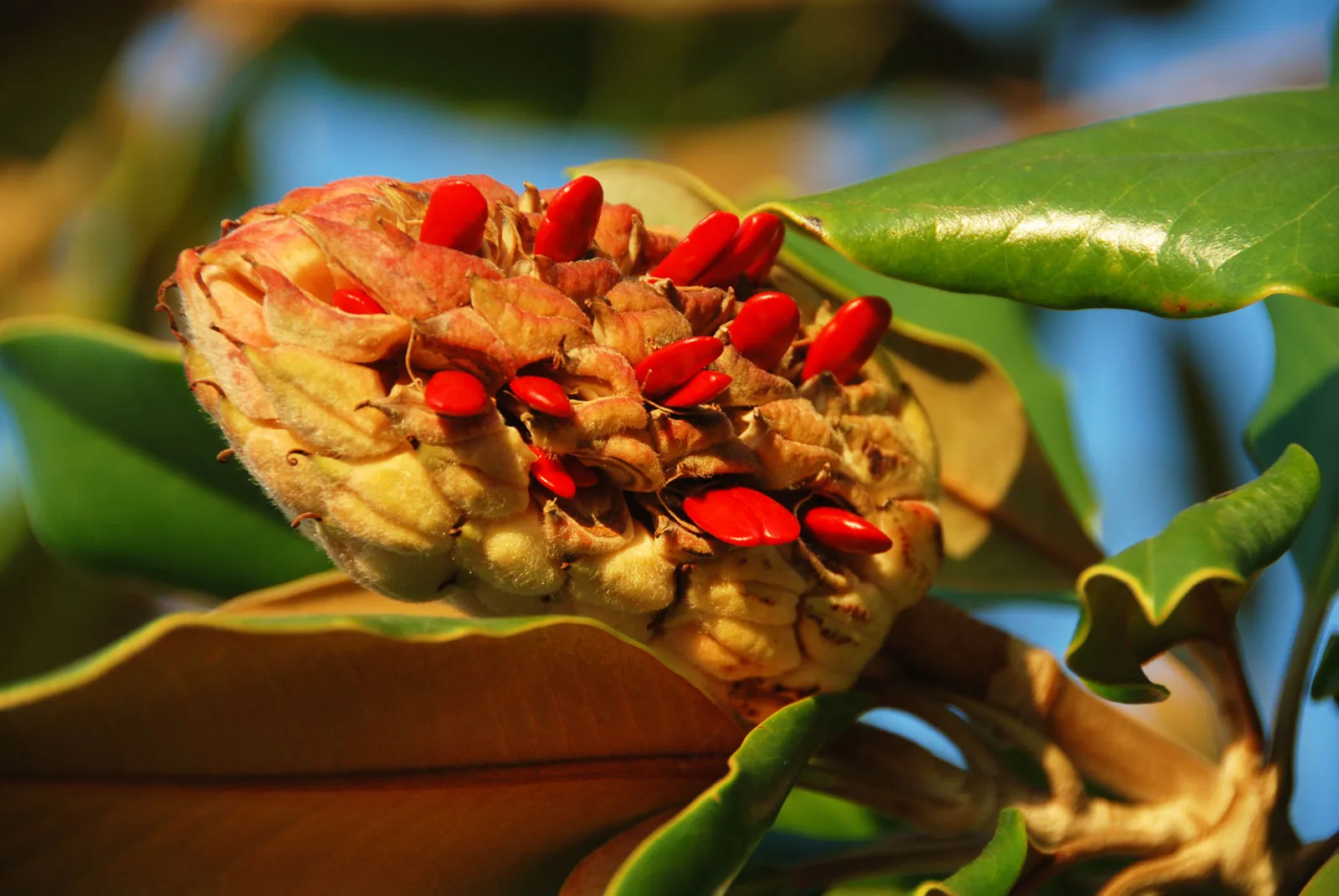

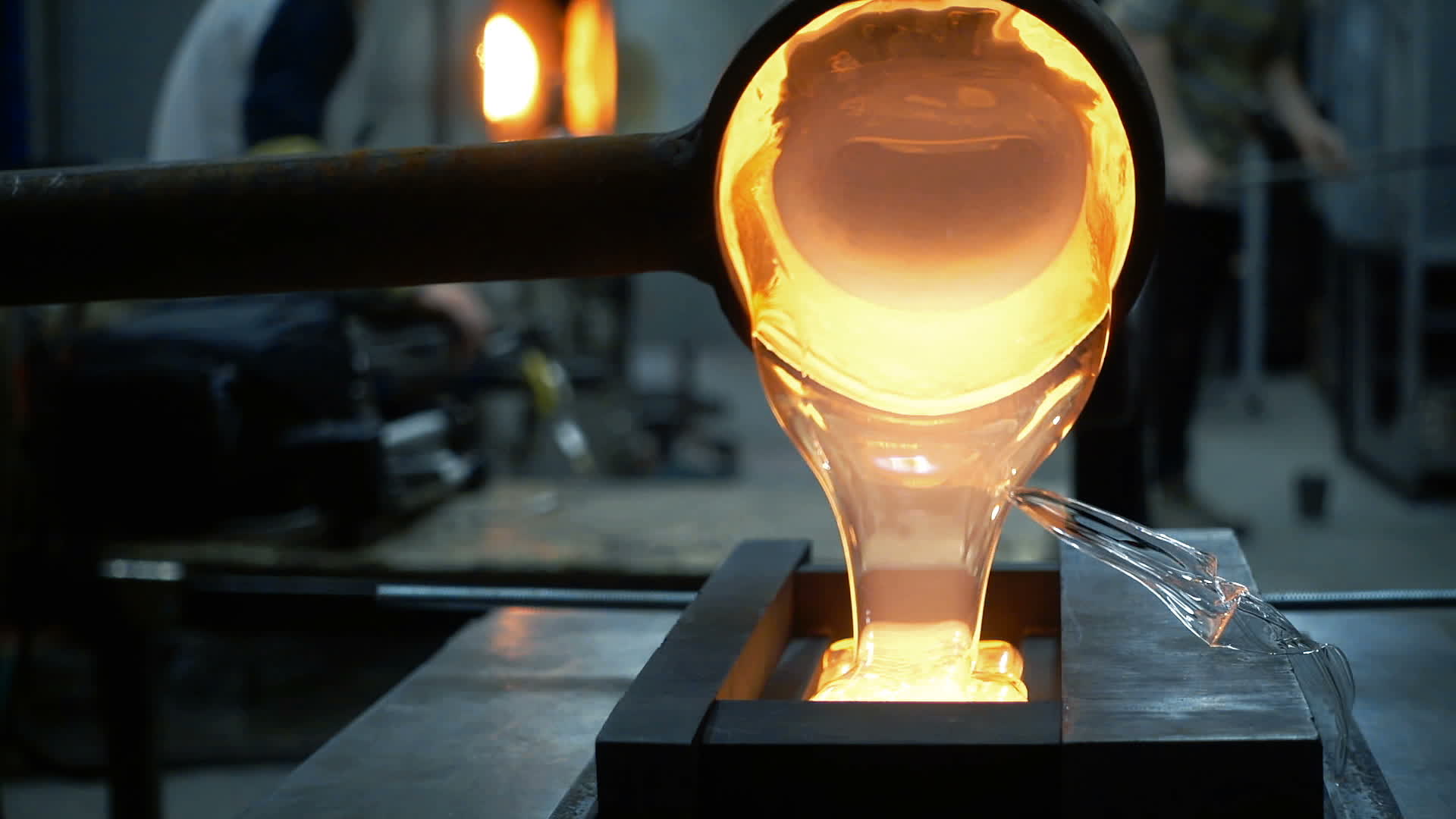
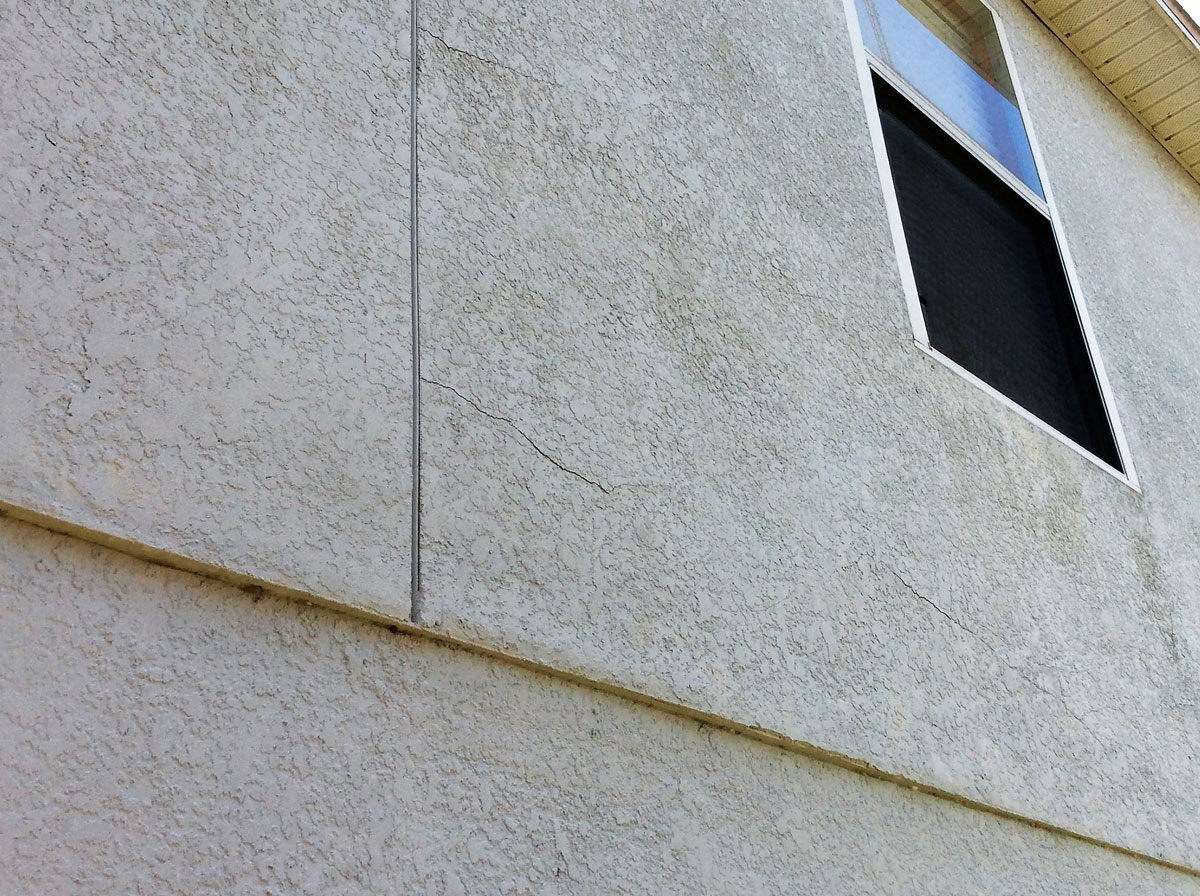
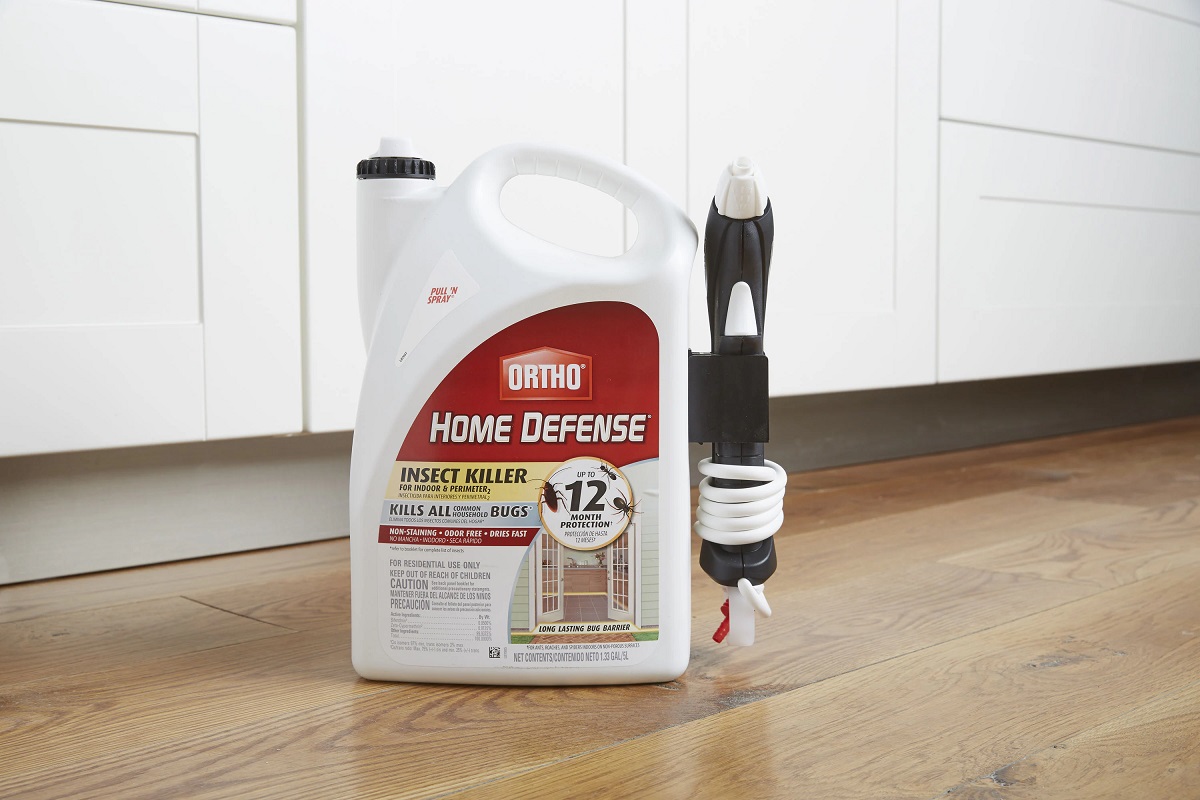
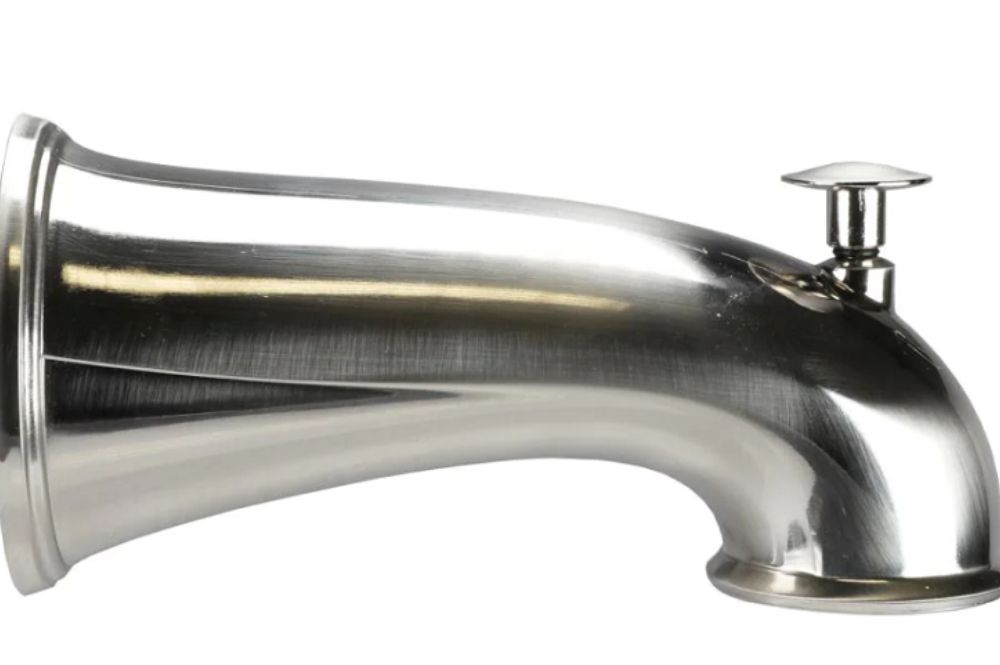
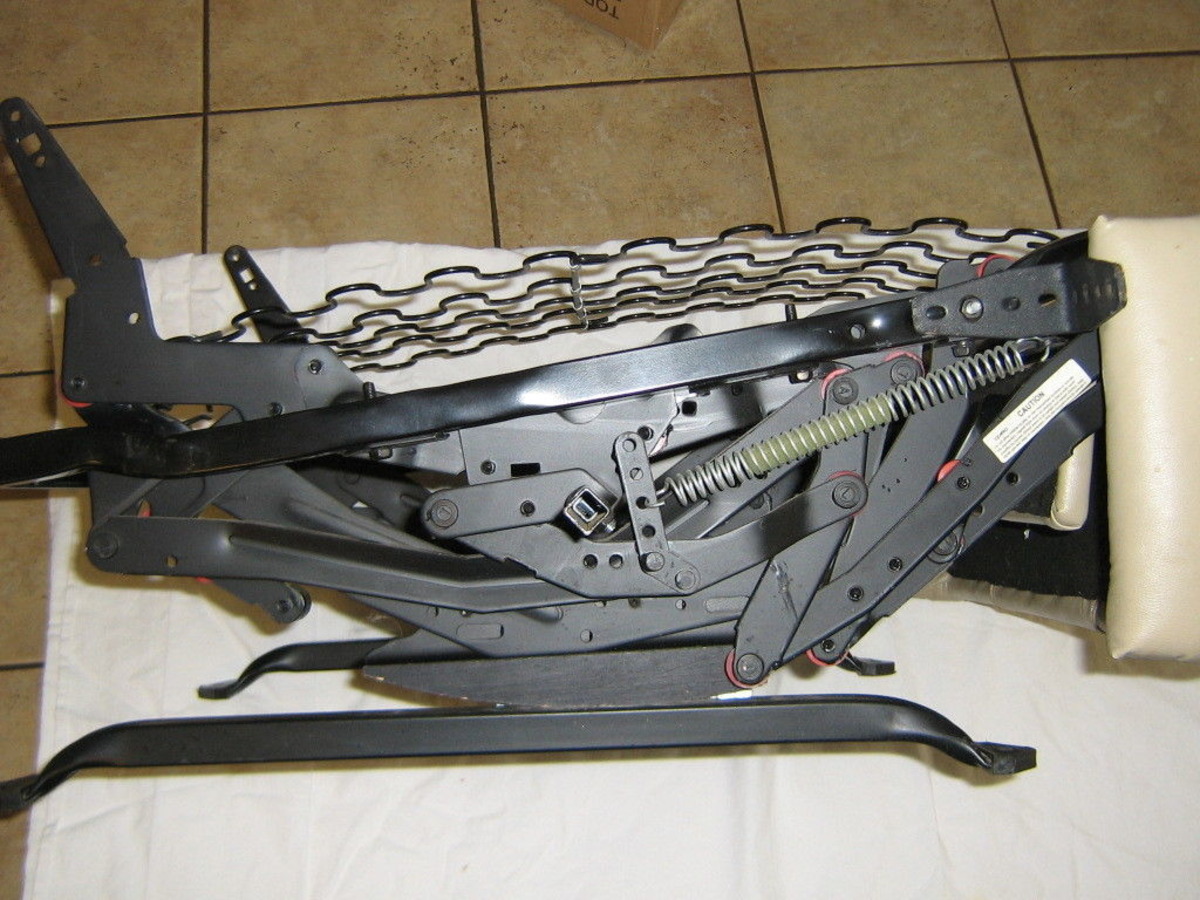


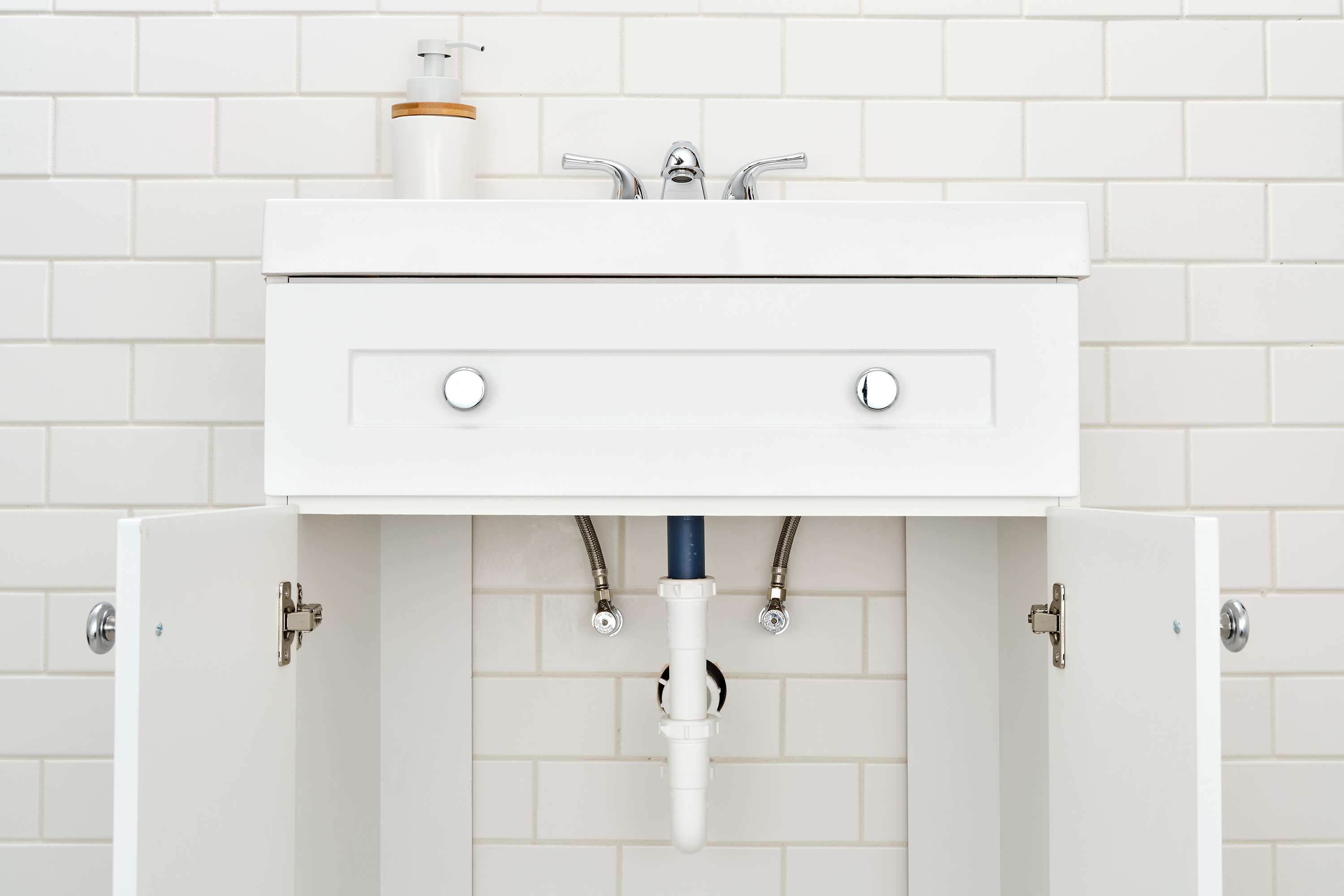
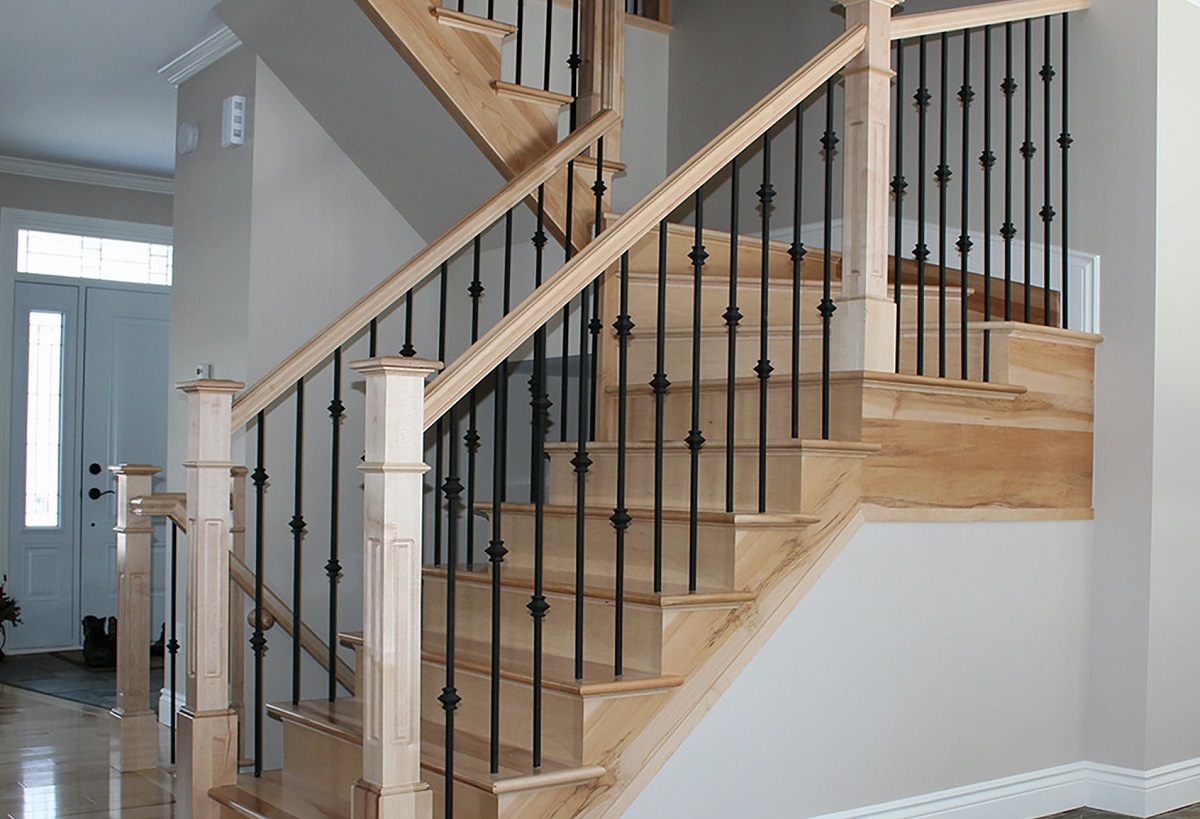
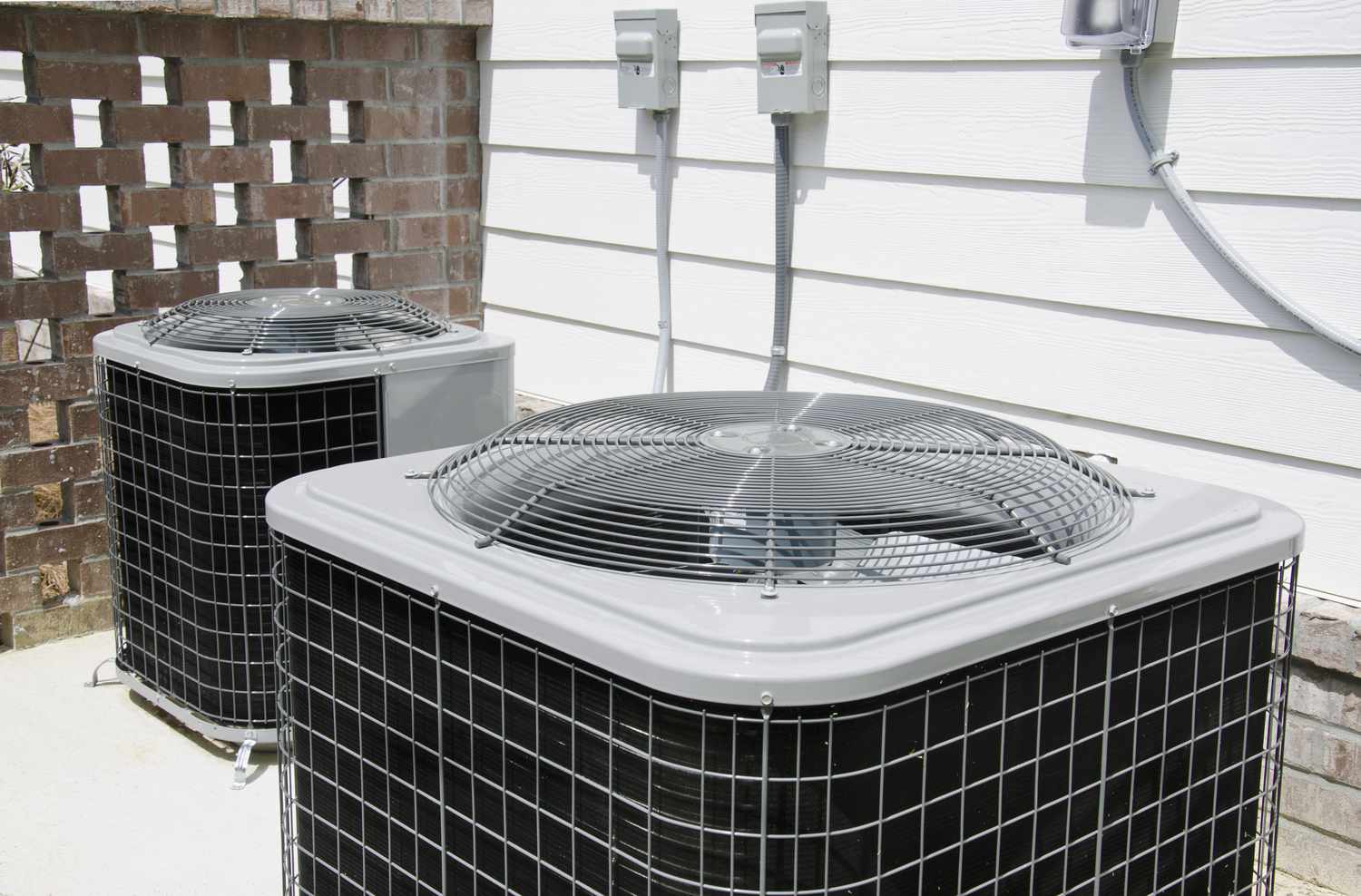

0 thoughts on “What Are The 3 Main Parts Of A Seed?”